15 States with the Most Iconic Horse Breeds
If America had a heartbeat, it would most probably sound a lot like hoofbeats! Some states have more than just a love for horses—they’ve shaped entire breeds. Some are built for speed and strength, while others are more about endurance. In any case, these horses carry history in their blood.
Eager to learn which stats have had the biggest impact on horse history? Let’s take a ride through the best of the best.
Alaska
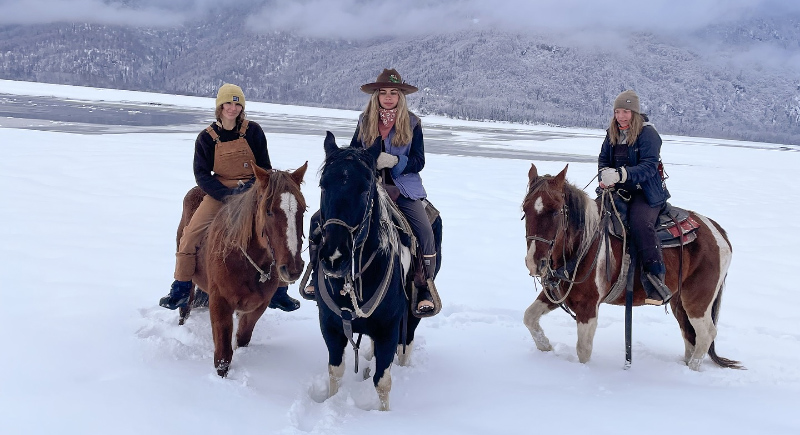
Credit: Instagram
Alaska isn’t known for horses, but that didn’t stop the Yukon Horse from thriving here—until it went extinct over 12,000 years ago. Today, rugged breeds like Icelandic Horses and Canadian Horses help navigate Alaska’s extreme terrain. Some even work in remote homesteads and tourist ranches.
Vermont
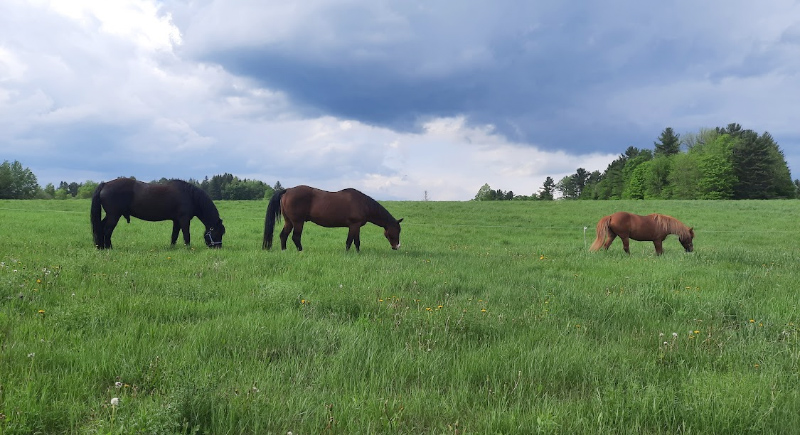
Credit: Facebook
One stallion, Figure, founded an entire breed in 1790s Vermont. This small but powerful horse became the Morgan Horse, known for its stamina, intelligence, and versatility. These horses participated in wars, farming, and early transportation. Morgans remain a top choice for driving, dressage, and pleasure riding.
Tennessee
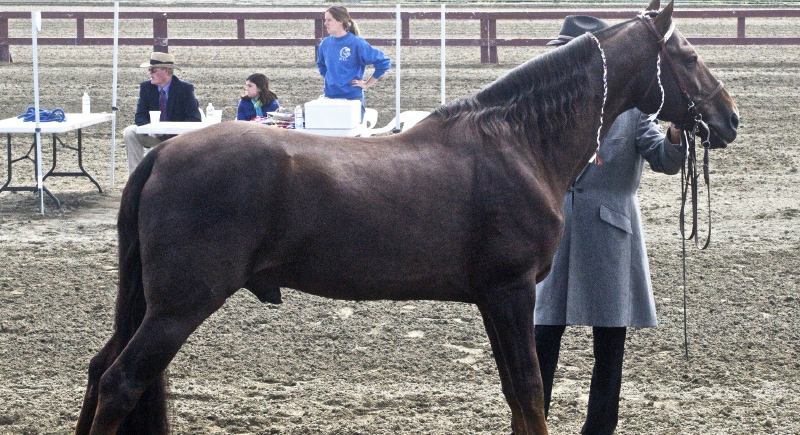
Credit: Wikimedia Commons
Can you imagine a horseback ride so smooth you could sip sweet tea without spilling a drop? That’s the magic of the Tennessee Walking Horse. This breed was introduced in the late 1800s and is popular for its signature running walk. It’s a dream come true for trail riders and show competitors alike.
North Dakota
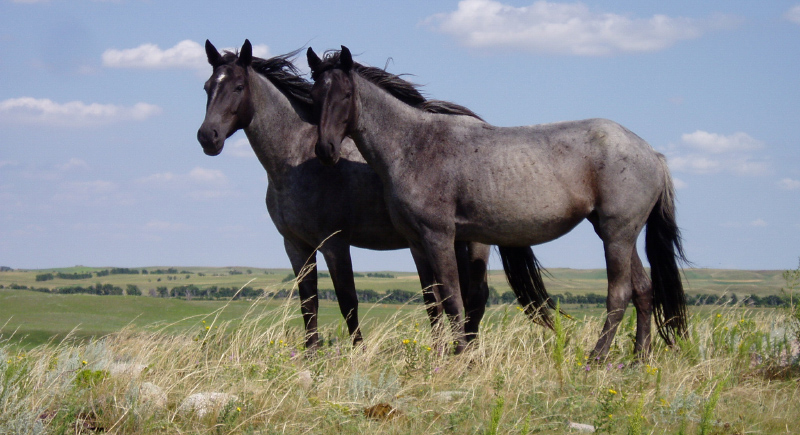
Credit: Wikimedia Commons
A horse that once ran with Sitting Bull’s warriors still roams North Dakota today. The Nokota Horse is known for its agility and endurance and traces back to Native American and early Spanish horses. Thought to be extinct, a small herd was rediscovered in the 1980s and is now protected.
Wyoming
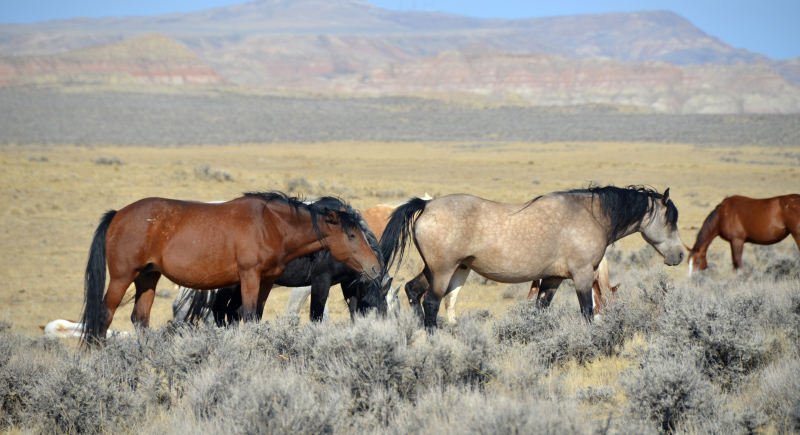
Credit: Wikimedia Commons
Wyoming’s open plains and rocky canyons have been home to wild Mustangs for centuries. Descendants of Spanish horses brought to North America in the 1500s, these tough, untamed horses are protected under the Wild Free-Roaming Horses and Burros Act of 1971. Some are still rounded up for adoption.
Missouri
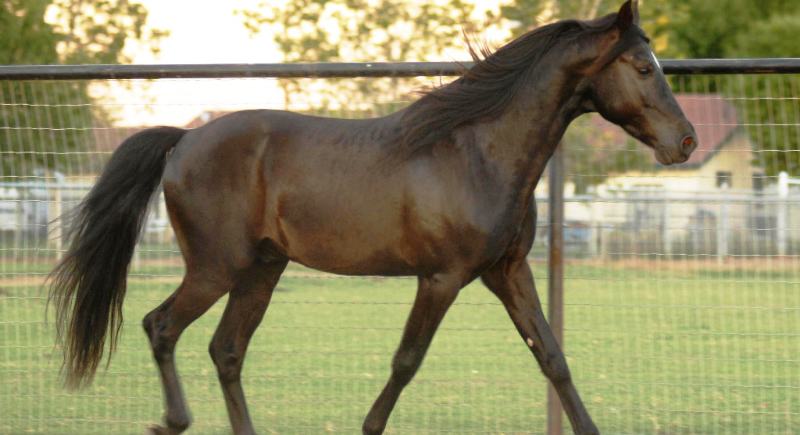
Credit: Wikimedia Commons
If a horse could moonwalk, it’d be the Missouri Fox Trotter. This breed’s unique four-beat gait lets riders cover rough ground without bouncing in the saddle. The breed came into being in the Ozarks for farmers and pioneers but eventually became a favorite for long-distance riders and working ranchers.
Florida
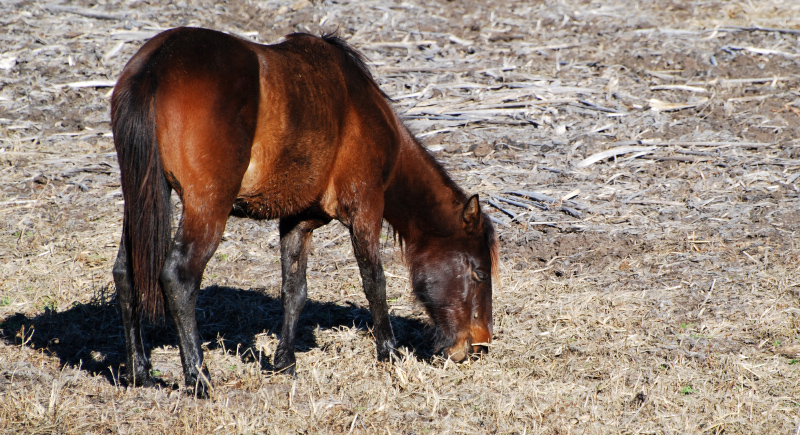
Credit: Wikimedia Commons
Before there were cowboys, there were Conquistadors. The Florida Cracker Horse helped early settlers herd cattle through Florida’s swamps and prairies. Small but lightning fast, Crackers were once near extinction, but dedicated breeders saved them as a living link to Florida’s past.
California
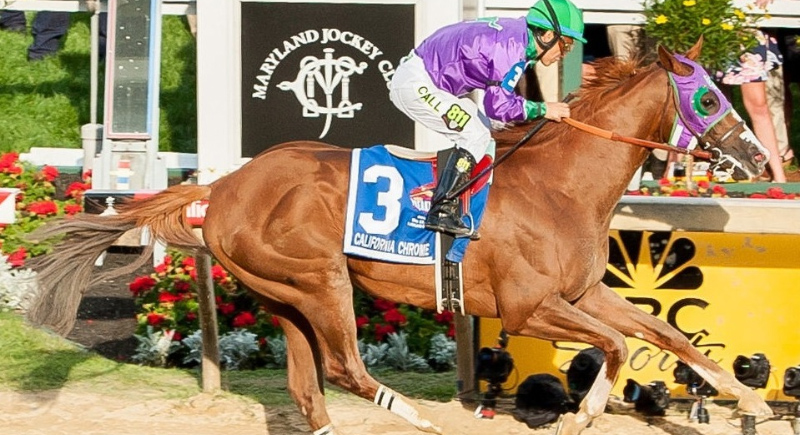
Credit: Wikimedia Commons
California helped launch the American Quarter Horse into superstardom – thanks to cowboy movies and real-life rodeos. The breed is known for its impressive speed over short distances. These muscular horses dominate barrel racing, cutting, and ranch work. California is still home to some of the most elite bloodlines in the world.
Texas
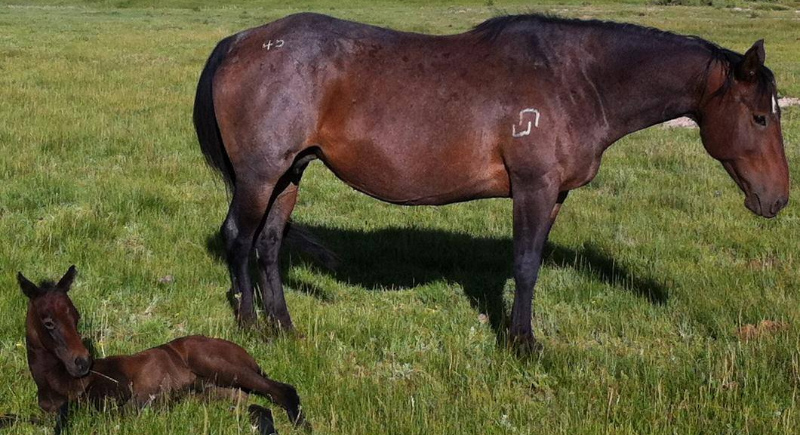
Credit: Facebook
Everything’s bigger in Texas—including its love for Quarter Horses. Texas leads the nation with around 414,808 registered Quarter Horses. The breed’s cow sense, speed, and versatility make them suitable for working ranches, in rodeo arenas, and even in mounted police units.
Oklahoma
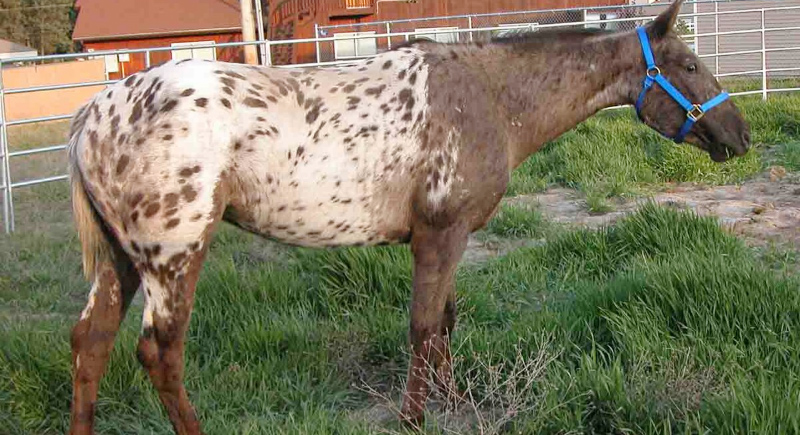
Credit: Wikimedia Commons
The Nez Perce Tribe originally bred the Appaloosa in the Pacific Northwest, but Oklahoma has become a major hub for the breed. The state hosts the National Appaloosa Show, while the Appaloosa Horse Club (ApHC), the breed’s main registry, operates from Moscow, Idaho.
South Carolina
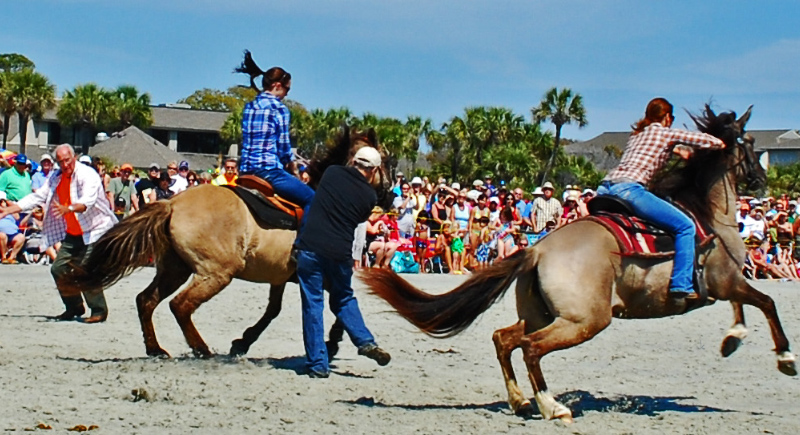
Credit: Wikimedia Commons
The Carolina Marsh Tacky navigated South Carolina’s swamps with ease. Revolutionary War soldiers and early settlers relied on these tough and intelligent horses. Unfortunately, their numbers declined sharply. Thanks to preservation efforts, the Marsh Tacky is now a state treasure making a slow but steady comeback.
Maryland
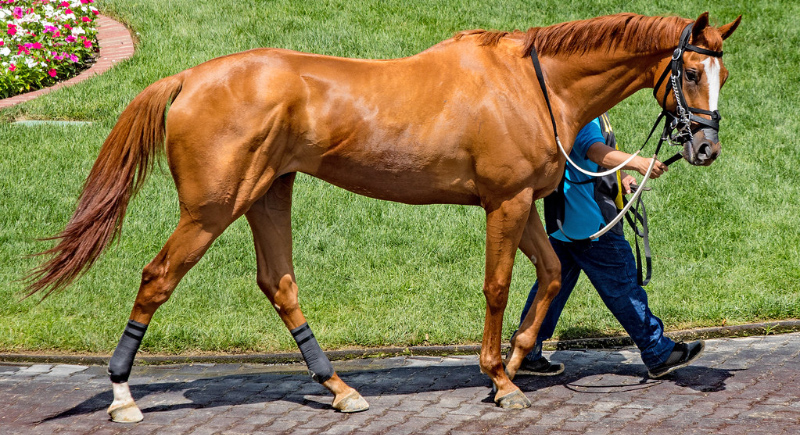
Credit: Facebook
Maryland celebrates its Thoroughbred history with pride. The Maryland Jockey Club founded Pimlico Race Course in 1850 and continues to oversee the Preakness Stakes. In 2003, the state named the Thoroughbred its official horse and honored its deep impact on Maryland’s equestrian traditions.
North Carolina
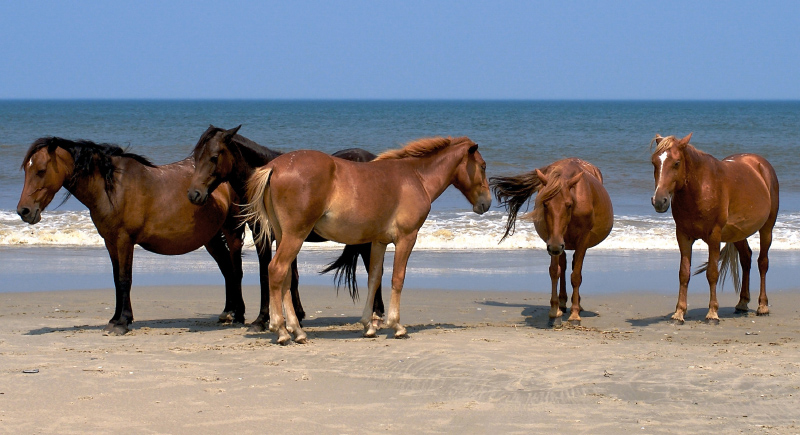
Credit: Wikimedia Commons
Wild Banker Horses gallop along the dunes of North Carolina’s Outer Banks. Spanish explorers brought these horses’ ancestors in the 1500s, and some survived shipwrecks. Conservation groups protect the breed and ensure its survival. These hardy horses perfectly display the untamed spirit of the Atlantic coast.
Montana
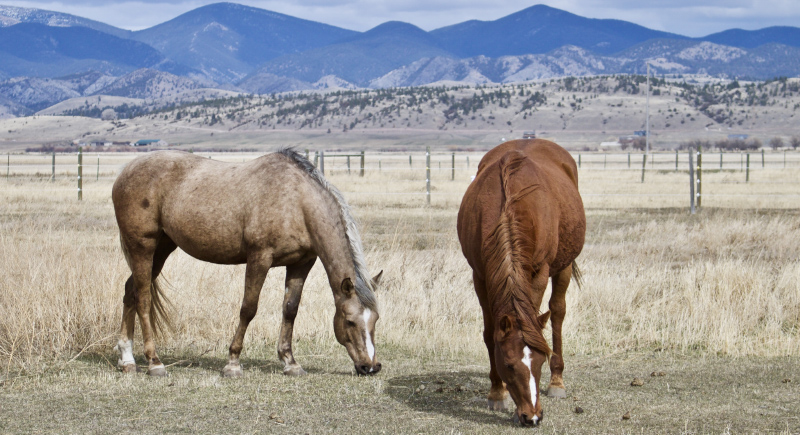
Credit: Wikimedia Commons
Montana’s wide-open spaces demand a horse that can do it all. The Montana Ranch Horse isn’t an official breed, but it’s a powerful mix of Quarter Horse, Mustang, and Draft Horse lineage. These horses herd cattle in Big Sky Country. They climb rocky slopes and endure harsh winters with ease. Ranchers rely on their strength and endurance every day.
Kentucky
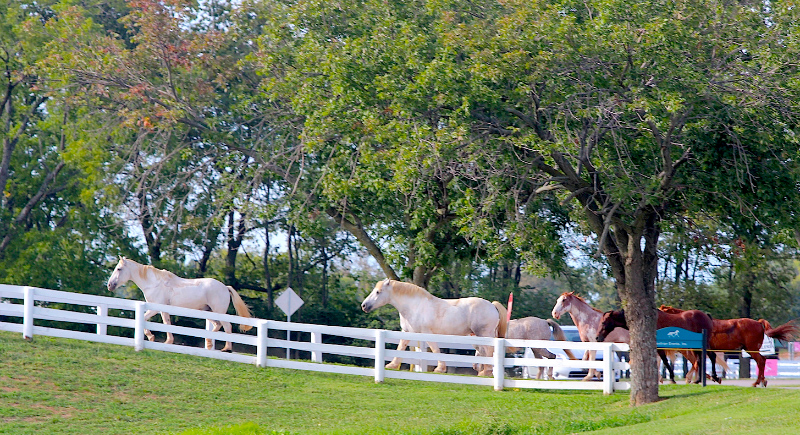
Credit: Wikimedia Commons
Kentucky is often called the Thoroughbred Capital of the World, and for good reason. Many of the world’s greatest racehorses have been bred and trained here, and the state is home to the prestigious Kentucky Derby at Churchill Downs.